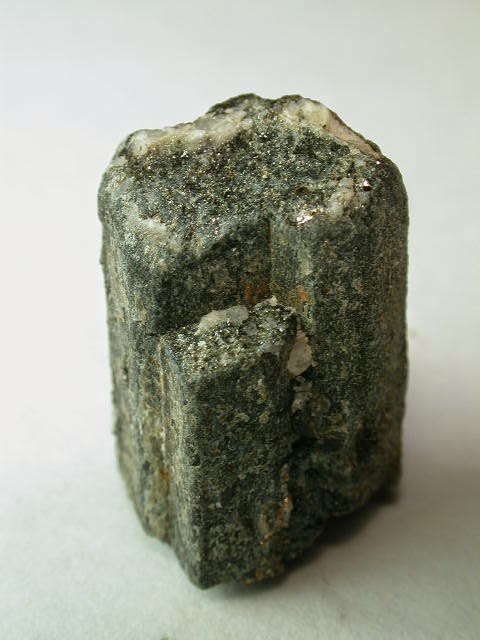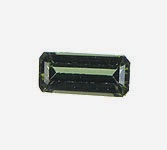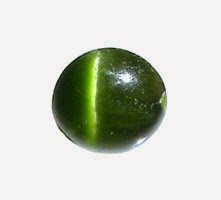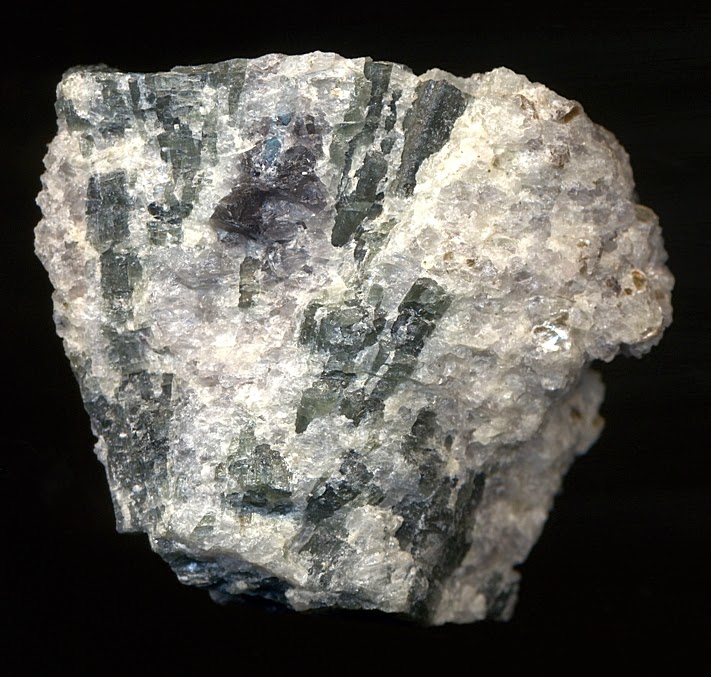
Chemical Formula: (Mg,Fe2+)4(Al,Fe3+)6(SiO4,BO4)5(O,OH)2
Locality: Fiskernaes, SW Greenland.
Name Origin: Named after the Danish geologist, Andreas Nikolaus Kornerup (1857-1881).
Kornerupine is a rare boro-silicate mineral with the formula (Mg,Fe2+)4(Al,Fe3+)6(SiO4,BO4)5(O,OH)2. It crystallizes in the orthorhombic – dipyramidal crystal system as brown, green, yellow to colorless slender tourmaline like prisms or in massive fibrous forms. It has a Mohs hardness of 7 and a specific gravity of 3.3 to 3.34. Its indices of refraction are nα=1.660 – 1.671, nβ=1.673 – 1.683 and nγ=1.674 – 1.684.
It occurs in boron-rich volcanic and sedimentary rocks which have undergone high grade metamorphism. It is also found in metamorphosed anorthosite complexes.
Kornerupine is valued as a gemstone when it is found in translucent green to yellow shades. The emerald green varieties are especially sought after.
It was first described in 1884 for an occurrence in Fiskernaes in SW Greenland. It was named in honor of the Danish geologist, Andreas Nikolaus Kornerup (1857–1883)
Physical Properties
Cleavage: {110} Indistinct
Color: Brown, Colorless, Green, Greenish yellow, Yellow.
Density: 3.3 – 3.34, Average = 3.32
Diaphaneity: Translucent to opaque
Fracture: Brittle – Uneven – Very brittle fracture producing uneven fragments.
Hardness: 7 – Quartz
Luminescence: Non-fluorescent.
Luster: Vitreous (Glassy)
Streak: white
Photos :













